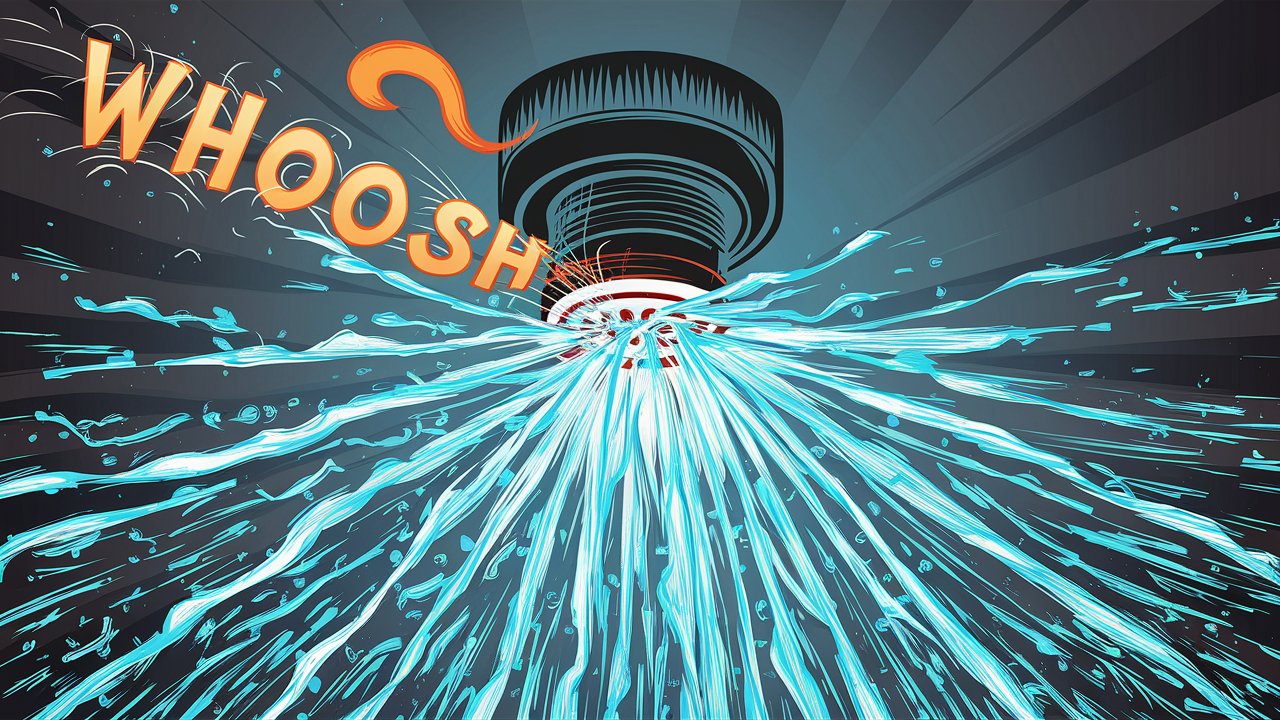Fire sprinklers are essential components of fire protection systems, designed to detect and control fires quickly. They operate based on specific triggers that activate the sprinkler system to release water and suppress flames. Common causes of fire sprinklers going off include:
- Accidental Overheating
- Freezing
- Mechanical Damage
- Corrosion
1. Accidental Overheating
Accidental overheating is a primary cause of fire sprinkler activation. Each sprinkler head has a glass bulb or fusible link that is designed to break or melt at a specific temperature, usually between 155 and 200 degrees Fahrenheit. If the temperature around the sprinkler head exceeds this threshold, the glass bulb bursts or the link melts, causing the sprinkler to open and release water. Overheating can result from fires, extreme heat from nearby equipment, or even heat sources like ovens and stoves if they are located close to the sprinkler system.
2. Freezing
Freezing is another critical factor that can cause fire sprinklers to malfunction. When water inside the sprinkler pipes freezes, it expands and can damage the pipes or sprinkler heads. This damage can lead to leaks or ruptures when the water thaws, which might inadvertently activate the sprinkler system. In colder climates, it’s essential to ensure that sprinkler systems are properly insulated and maintained to prevent freezing and subsequent activation due to pipe damage.
3. Mechanical Damage
Mechanical damage is a less common but significant cause of unintended sprinkler activation. Physical impacts, such as from construction activities or accidental bumping, can damage the sprinkler heads or their components. This damage may cause the sprinkler heads to leak or burst prematurely. Regular inspections and careful handling of sprinkler systems are crucial to avoid mechanical damage and ensure that the system remains operational without false activations.
4. Corrosion
Corrosion can affect the fire sprinkler system over time, leading to its malfunction. Sprinkler heads and pipes made of metal are prone to rust and corrosion, particularly if exposed to moisture or harsh environmental conditions. Corroded components can weaken, potentially causing them to activate unintentionally or fail to function when needed. Regular maintenance and timely replacement of corroded parts can help prevent issues related to corrosion.
How Sensitive Are Fire Sprinklers?
Fire sprinklers are designed to be highly sensitive to changes in temperature and environmental conditions to provide effective fire protection. Their sensitivity is influenced by several factors:
- Temperature Rating:
- Placement of the Sprinklers:
- Environmental Conditions:
Fire sprinklers are rated to activate at specific temperatures, usually ranging from 155 to 200 degrees Fahrenheit, depending on the type and intended use.
Proper placement is crucial for effective operation. Sprinklers must be installed according to guidelines to ensure they respond appropriately to fires and do not accidentally activate due to non-fire-related heat sources.
Environmental factors such as humidity, dust, and chemicals can affect sprinkler performance. Maintaining a clean and controlled environment helps ensure the reliability of the sprinklers.
Types of Fire Sprinklers and Their Sensitivity Levels
Upright Fire Sprinklers
Upright fire sprinklers are designed to activate when the temperature reaches a specific threshold, typically between 155 and 175 degrees Fahrenheit. They are often used in areas where a standard ceiling-mounted sprinkler is not practical and are known for their effectiveness in various settings.
Pendent Fire Sprinklers
Pendent fire sprinklers hang down from the ceiling and are activated at temperatures ranging from 155 to 200 degrees Fahrenheit. Their design allows them to cover a large area below and is suitable for most standard indoor environments.
Sidewall Fire Sprinklers
Sidewall fire sprinklers are installed on the walls and have a temperature rating between 165 and 200 degrees Fahrenheit. They are ideal for rooms with obstructions or where ceiling-mounted sprinklers are impractical.
Concealed Fire Sprinklers
Concealed fire sprinklers are hidden behind a cover plate and activate at temperatures between 155 and 200 degrees Fahrenheit. They are used in areas where aesthetics are a concern, and they blend seamlessly with the ceiling until they are needed during a fire emergency.


